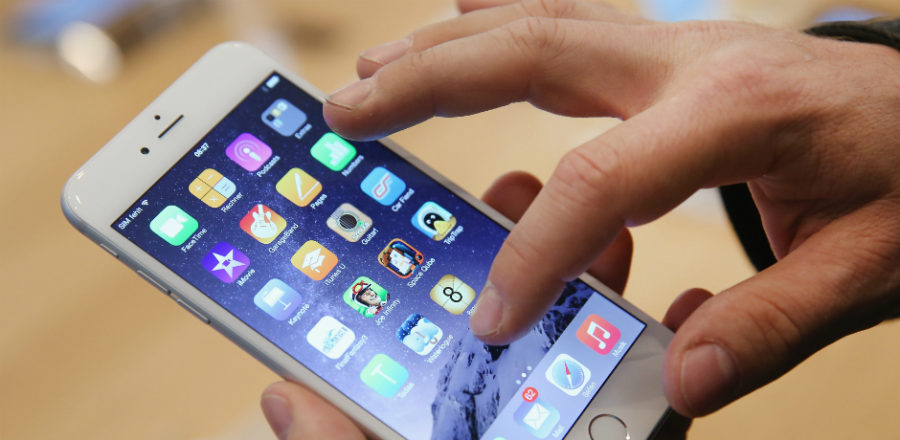A new wave of complaints adds to the mix of troubles Apple has to face. The number of iPhone 6 and iPhone 6 Plus users complaining about a so-called “touch disease” on their devices is increasing, and Apple’s in-store Geniuses do not seem to be able to fix the problem. Once users see a flickering gray bar at the top of their screen, their phones’ touchscreen starts refusing to work properly.
Forbes and iFixit have reported that affected users have filled several pages on Apple support forums with complaints about the issue, which according to BGR mostly affects 5.5-inch devices. Temporary band-aids already being implemented include twisting the phone a bit or putting too much pressure on the screen. The touch disease may briefly disappear but the return to possibly damage the touchscreen functionality for once and for all.


She assured that could serve as a “futureproof shield. Unfortunately, she and her colleagues were banned from posting on Apple Support threads for sharing their advice. Bendgate, the 2014 controversy over the tendency of the latest iPhones to bend or break, has been linked to the touch disease.
Jones explained that the sticker shield Apple used instead of a metal shield to protect the board fails to protect the chip as good when the board bends. She told BGR that the Touch IC chip becomes particularly vulnerable when the phone turns.
“This is a signature failure,” Jones affirmed, according to the BGR article. “Every phone has one, but this one is a signature failure that got to epic proportions.”
Jones, a stay-at-home mother to four kids, is particularly good at recovering data from water-damaged iPads and fixing short circuits that cause the iPad LCD backlight to burn out, according to Motherboard.
Michael Huie, of microsoldering.com, told iFixit that Apple should have issued a recall or repaired the affected iPhones at no cost. He said that those using an iPhone 6 Plus who have not experienced the problem yet would see their devices contract the touch disease during the lifetime of the phones.
“Since the Touch IC chip doesn’t have underfill, nor a metal backing, it seems to be the first to ‘break off’ the logic board,” Huie explained to iFixit. “When I say ‘break off,’ I mean the solder joints break off from the chip, which causes the no touch.”
A Forbes article published earlier this week says that the issue could “quickly escalate into hysteria” should Apple not take actions and fail to repair the affected units.
Source: Engadget
